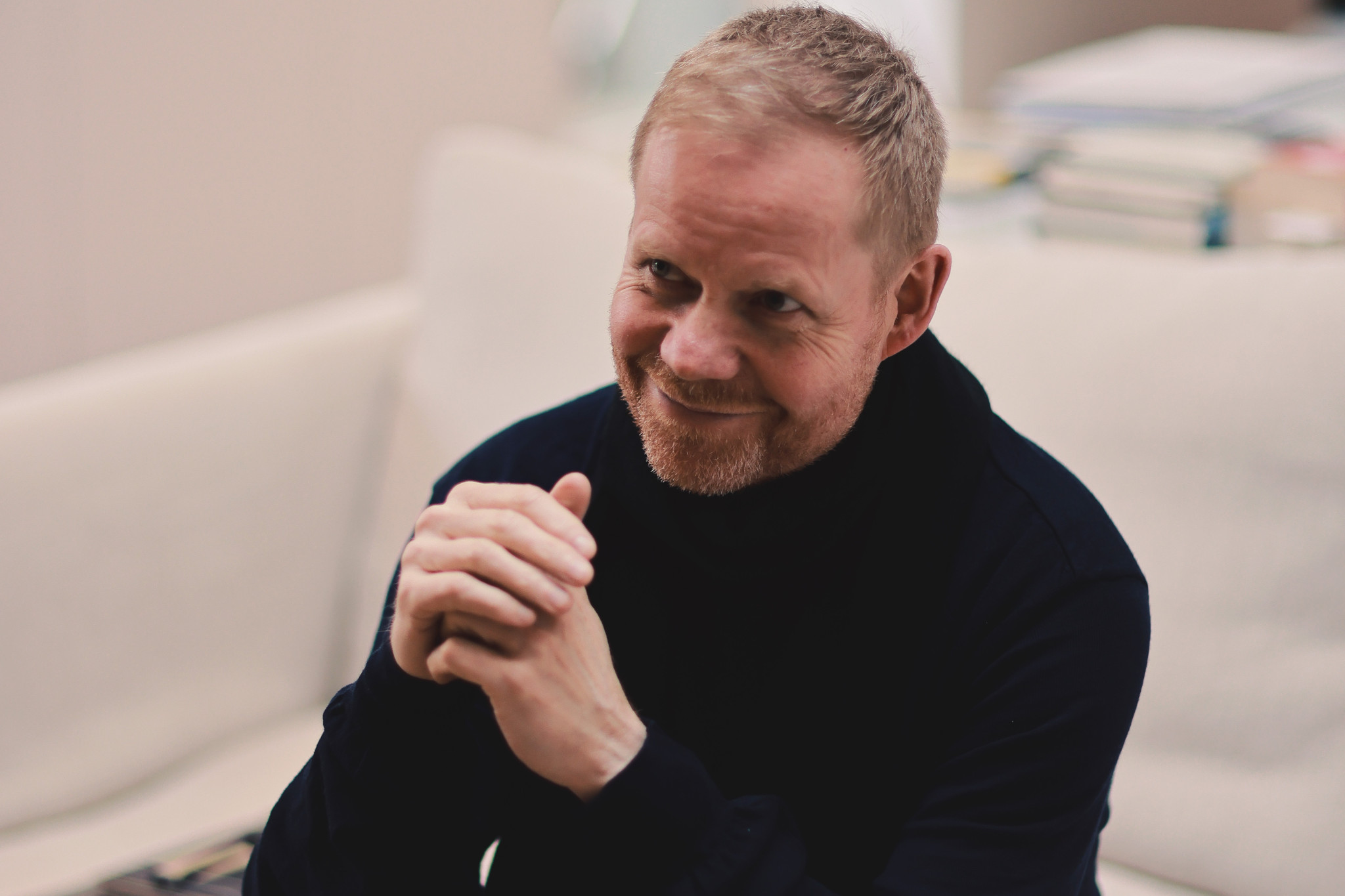Director’s Statement
In 2003 Max Richter wrote The Blue Notebooks in reaction to the violence he experienced as a child, and as a protest against the impending Iraq War. In all the years I’ve known him, this drive to talk about the very real and lifelong effects of violence has remained a constant in his work. We are human beings, we stand together, but our common humanity is fragile. When I was asked to make the video for “Vladimir’s Blues” – one of the pieces that make up The Blue Notebooks – I knew immediately that I wanted the very fabric of the film to reflect Max’s intentions. I have been working with infrared for ten years, and this led me to explore the thermal camera technology used by the military as a way to capture the heart of Max’s work. This is technology developed by weapons contractors to pick up on the infrared radiation emitted by people as well as objects, and commonly used in the Mediterranean and on the Mexican border, or on military aircraft and drones. It’s a technology that by its very nature dehumanises us, and renders us as little more than anonymous heat patterns. I wondered about these cameras of war and alienation, and whether I could disrupt their intention to create something positive, that speaks very much of individual experience. There is a strange beauty inherent in this imagery, a beauty that is deeply tarnished by associations with migrants hiding, and dying, in refrigerated lorries to evade detection by this very same technology. Would it be possible to claim this imagery for something hopeful, as Max’s music does? There were challenges. The cameras are unwieldy and cumbersome, often these days used in industrial applications but certainly not meant for creating narrative. They interrupt filming every fifteen seconds or so, there are only two lenses, and the depth of field is minute. One small movement pulls you out of focus. They can see through smoke, fog and haze but they can’t see through glass. They pick up radiation from objects as well as people – everything above absolute zero emits radiation. I had to invent a way to tell a story with them. Slowly a thing of beauty began to evolve. Most beautiful of all was the discovery that the heat traces we leave as we move around can tell the story of a piece of music and how it unfolds. A legacy that says, “we were here and we count”. Yulia Mahr

